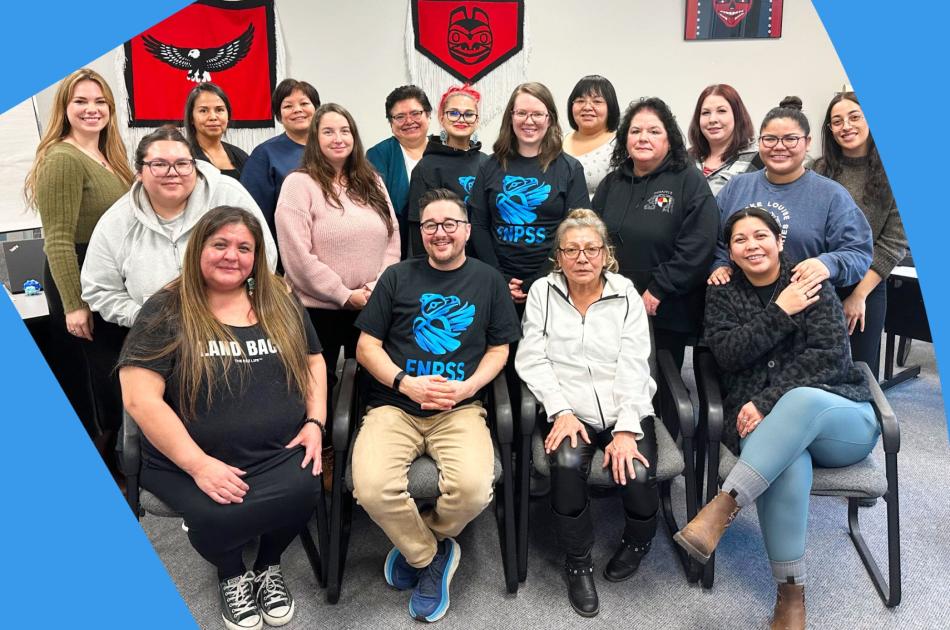Inclusive Communications Strategies for Indigenous Communities

Recently, I was invited by the First Nations Public Service Secretariat (FNPSS) to connect with rising Indigenous communications experts as a guest speaker at their 100 level communications course "Foundations for Professional Communications" offered at the Nicola Valley Institute of Technology. The session was in an open classroom setting led by Davis McKenzie, Communications Director for Tla’amin Nation and consultant. Participants from Indigenous organizations across the province spoke about their unique audience needs, and the challenges they face in building effective strategies to reach them.
I shared some insights and experiences on the user-centred design practices we use to guide strategic planning with a wide variety of clients, and discussed how investing in accessibility can help more people reach key messaging. I also shared practical tips and strategies that have worked well for organizations we’ve worked with in the past.
Our Q&A conversation was wide-ranging. Course participants represented organizations that served diverse Indigenous communities including Heiltsuk Nation, Lax Kw'alaams, Shackan Indian Band and many more.
Participants had different challenges to explore, and ideas to discuss such as:
Understanding engagement
We talked about personas, evidence-based UX tools and tracking engagement.
We discussed what communities need and how to understand user needs through an empathetic lens were raised as important topics needing attention. We explored the role empathy-led user-experience strategy plays in answering these vital questions.
Managing messaging for different audiences
We discussed a broad range of platforms and strategies for creating, administering and managing member-only spaces.
Many communities tailor their messaging carefully for different community members, so the management of multiple spaces is an important part of an effective communications strategy.
Vendor trust, and establishing effective working relationships
Vendors and service providers have an opportunity to establish long-term relationships when working in these relationships.
Participants discussed that they would appreciate more support for decision-making on issues like ‘when to opt for contracts vs issuing RFPs’, and when reviewing options for services and subscriptions. It helps most when the vendors spend the time to truly understand audience needs before rushing towards ‘out of the box’ solutions.
Reducing content management and governance complexity
Everyone is seeking improvements to editorial calendars, creating, managing, coordinating and publishing content more effectively, and how to keep up with change on platforms.
I’d like to thank Davis for the invitation and all of the participants for the warm welcome. Also thanks to the First Nations Public Service Secretariat (FNPSS) and Nicola Valley Institute of Technology for hosting.
